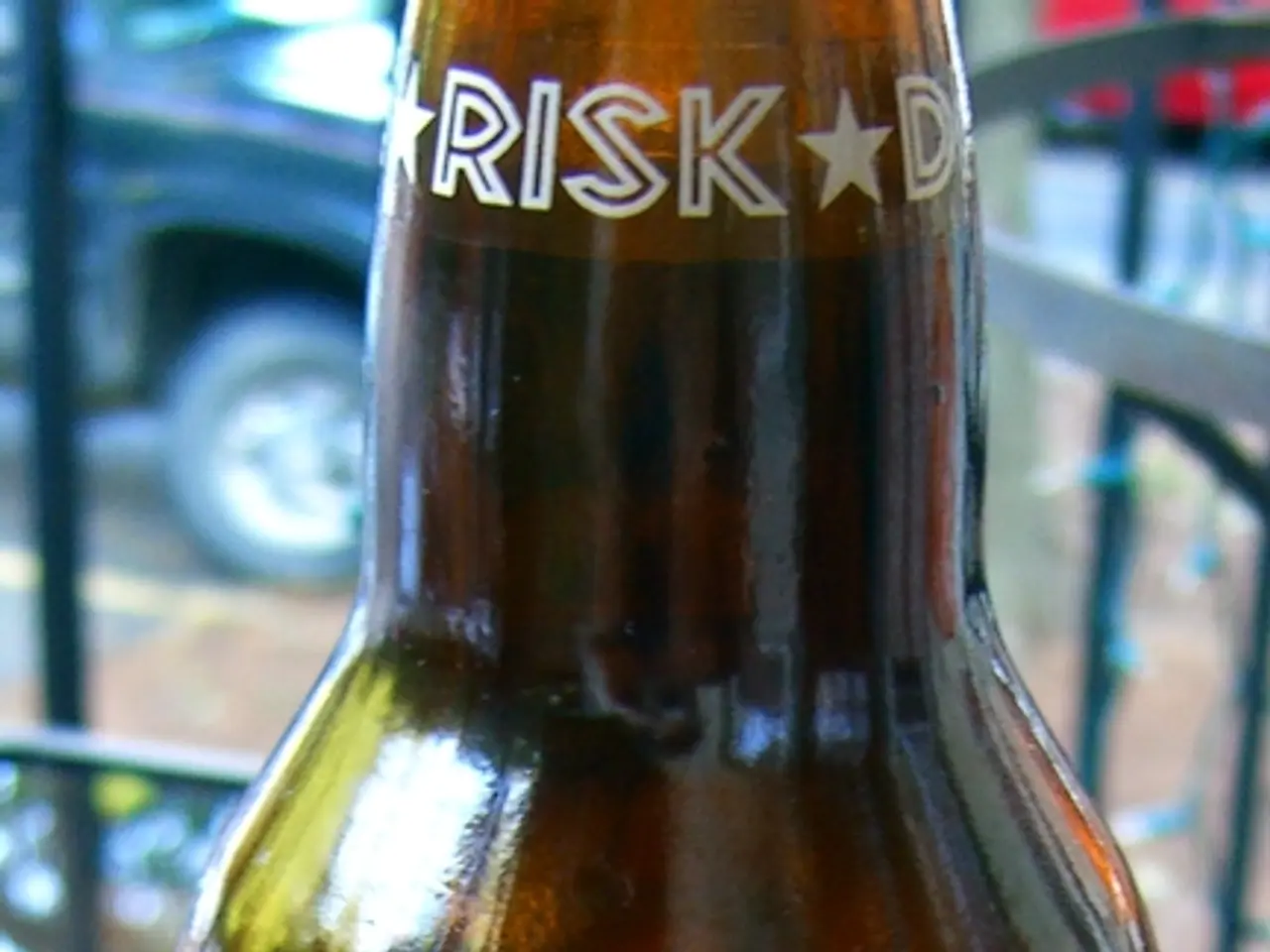Deep Breathing Technique Developed by Wim Hof, Also Known as the "Iceman"
The Wim Hof Method (WHM) is a unique approach to health and wellness that has gained significant popularity in recent years. Developed by Dutch extreme athlete Wim Hof, this method consists of three main components: breathing techniques, cold exposure, and commitment.
Potential Health Benefits
While the scientific evidence supporting the WHM's claims is mixed, some studies suggest that the method may offer several benefits. For instance, there is evidence to suggest that the WHM might help reduce inflammation[1], possibly due to increased epinephrine levels.
Advocates of cold therapy, like Wim Hof, claim that it can boost the immune system. While there is some evidence supporting improved immune responses with cold therapy, the research is not extensive[5].
Many practitioners report reduced stress levels and improved mood as benefits of the WHM, but these benefits are largely anecdotal and require more rigorous scientific confirmation[2]. Reported benefits also include increased energy, improved sleep, and enhanced focus, though these are based on personal experiences rather than comprehensive scientific studies[3].
Risks and Limitations
Despite its potential benefits, the WHM is not without risks. Improper breathing techniques can potentially lead to respiratory acidosis[4], a condition characterised by low blood pH levels. This risk can be mitigated by practicing the breathing exercises carefully and seeking guidance from a qualified instructor.
The WHM is not recommended for individuals with certain health conditions, such as coronary heart disease, without consulting a healthcare provider[3]. Improper cold exposure can lead to hypothermia, a potentially dangerous condition.
Scientific Evidence Summary
- Inflammation: Some evidence suggests a potential reduction in inflammation, but studies are limited[1].
- Athletic Performance: Mixed results with a need for more comprehensive studies[1].
- Respiratory Acidosis: No direct evidence linking WHM to respiratory acidosis, but improper breathing could theoretically influence respiratory pH.
Overall, while the WHM has gained popularity for its claimed health benefits, the existing scientific evidence is not robust enough to conclusively support these claims. Further research is needed to fully understand its effects and risks.
As with any new health practice, it's essential to approach the WHM with caution and consult a healthcare provider before starting. Mastering the WHM requires patience, dedication, and a willingness to push your limits, but the potential benefits make it an intriguing option for those seeking to improve their health and well-being.
- The Predictive Science behind the Wim Hof Method (WHM) suggests that it might have implications on reducing inflammation, although more comprehensive studies are needed to substantiate these claims.
- In the realm of fitness-and-exercise, some practitioners of the WHM report increased energy levels, improved sleep, and enhanced focus, but these benefits are primarily based on individual experiences rather than extensive scientific studies.
- Mental-health benefits of the WHM include reduced stress levels and improved mood, however, these assertions are largely anecdotal and need rigorous scientific confirmation.
- Practicing the WHM carefully is crucial to avoid risks like respiratory acidosis, a condition characterized by low blood pH levels, particularly due to improper breathing techniques.
- HIV, Obesity, and COPD are not conditions directly linked to the Wim Hof Method, yet the scientific evidence summary highlights the need for more research to fully understand the method's effects and risks on various health aspects.




